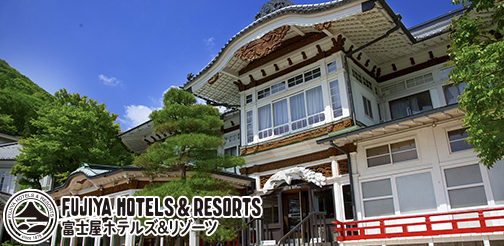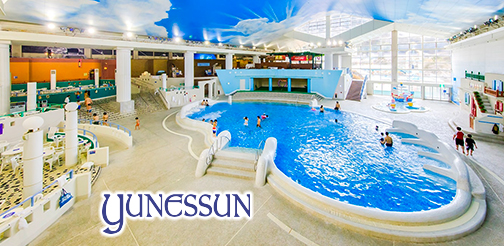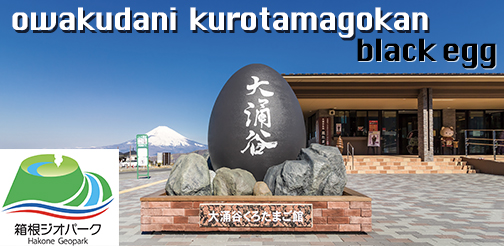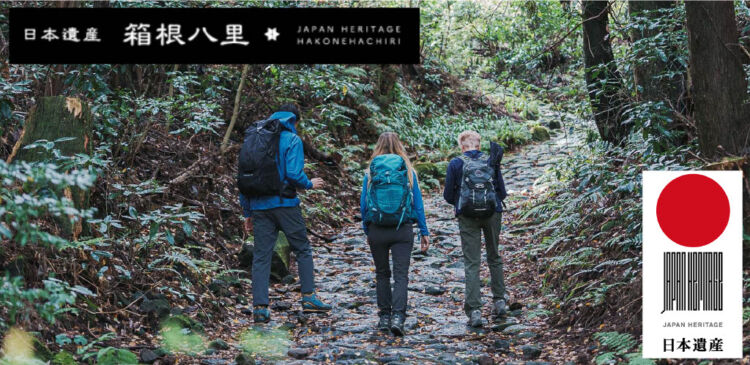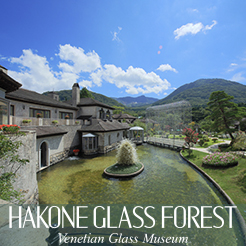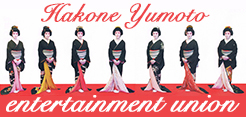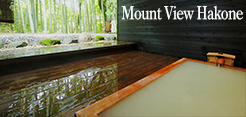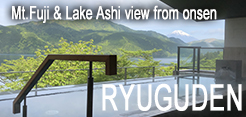A ryokan is a type of traditional Japanese inn that typically features tatami-matted rooms, communal baths, and other cultural touches. Ryokans are known for their hospitality and for offering a unique experience of Japanese culture. Some ryokans have been in operation for hundreds of years and are considered important cultural assets.
There are a few key differences between a ryokan and a hotel. A ryokan is a type of traditional Japanese inn that offers a unique experience of Japanese culture, with features such as tatami-matted rooms, communal baths, and traditional meals. Ryokans are known for their hospitality and for offering a more personal, relaxed atmosphere. In contrast, a hotel is a commercial establishment that provides lodging and other services to travelers. Hotels are typically more modern and may offer a wider range of amenities and services, but they may not have the same cultural atmosphere or personal touch as a ryokan.
What is Omotenashi?
Omotenashi is a Japanese concept that roughly translates to “hospitality” or “the spirit of selfless generosity and hospitality.” It is an important part of Japanese culture and is often associated with the hospitality industry, particularly in the context of traditional Japanese inns like ryokans. Omotenashi is a holistic approach to hospitality that involves anticipating the needs of guests and going above and beyond to make them feel welcome and comfortable. It is about showing respect, offering thoughtful gestures, and creating a sense of warmth and connection. In short, omotenashi is about treating guests as if they were honored guests in one’s own home.
A history of the Ryokan
A room at Hakone no Mori
The ryokan is a traditional Japanese inn that has been a part of Japanese culture for centuries. Ryokans were first established during the Edo period (1603-1868) as accommodations for travelers along the highways connecting various regions of Japan. Hakone is along one of the most famous highways in Japanese history, the Tokaido Road. These inns were usually run by local families and provided travelers with a place to rest, eat, and bathe. Over time, the ryokan evolved to become a destination in and of itself, offering guests a unique cultural experience that included traditional Japanese architecture, decor, cuisine, and hospitality.
Hakone, located in the foothills of Mount Fuji, is one of Japan’s most popular tourist destinations and is known for its scenic beauty and hot springs. The area has a long history as a stopping point for travelers, and ryokans have been a part of Hakone’s landscape for centuries. During the Edo period, Hakone was a popular retreat for samurai and aristocrats seeking respite from the stresses of city life. Many of the ryokans in Hakone date back to this period, and some have been in operation for over 200 years.
In the early 20th century, Hakone became a popular destination for artists and writers who were drawn to the area’s natural beauty and peaceful atmosphere. This influx of creative talent helped to establish Hakone as a cultural center and brought further attention to the ryokans in the area. Today, Hakone is a bustling tourist destination that attracts visitors from all over the world, and the ryokan remains an important part of the area’s cultural heritage.
Ichinoyu Ryokan in Tonosawa
In the early 20th century, Hakone became a popular destination for artists and writers who were drawn to the area’s natural beauty and peaceful atmosphere. This influx of creative talent helped to establish Hakone as a cultural center and brought further attention to the ryokans in the area. Today, Hakone is a bustling tourist destination that attracts visitors from all over the world, and the ryokan remains an important part of the area’s cultural heritage.
The design and layout of a ryokan are typically based on traditional Japanese architecture, with rooms arranged around a central garden or courtyard. Rooms are usually furnished with tatami mats, futon beds, and low tables and chairs, and guests are expected to remove their shoes before entering. Most ryokans have communal baths, either indoor or outdoor, where guests can soak in the area’s natural hot springs. Meals are typically served in the guest rooms and feature a multi-course kaiseki meal, which showcases local ingredients and traditional cooking techniques.
In recent years, ryokans have adapted to modern tastes and preferences by incorporating new technologies and amenities, such as Wi-Fi and air conditioning. Some ryokans also offer more Western-style accommodations, such as beds and chairs, to cater to foreign guests. However, many ryokans still prioritize maintaining their traditional aesthetics and providing guests with an authentic Japanese cultural experience.
Overall, the ryokan has evolved from a practical accommodation for travelers into a unique and cherished cultural institution that continues to attract visitors from all over the world. In Hakone, the ryokan remains an integral part of the area’s identity and offers guests a glimpse into Japan’s rich cultural heritage.


